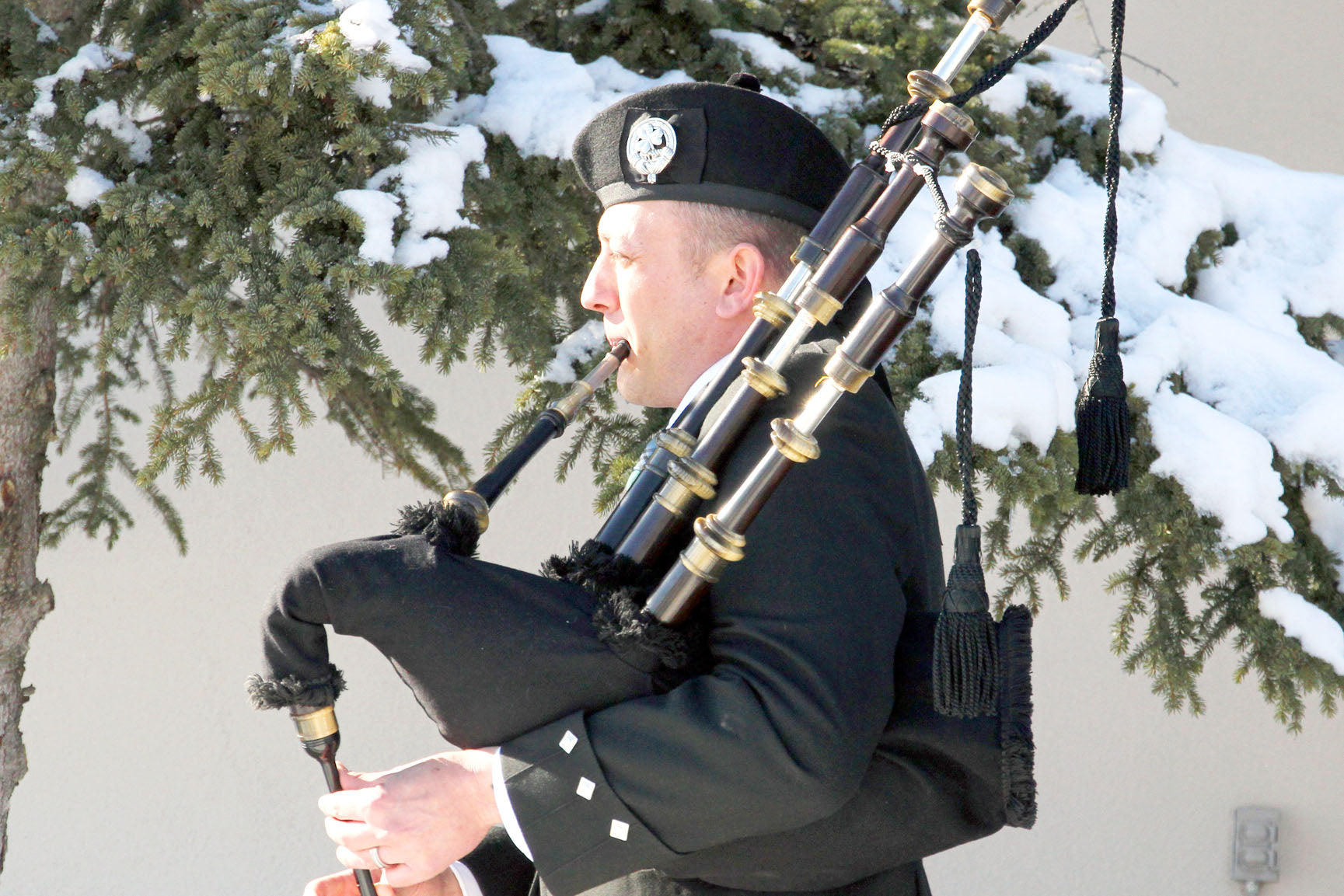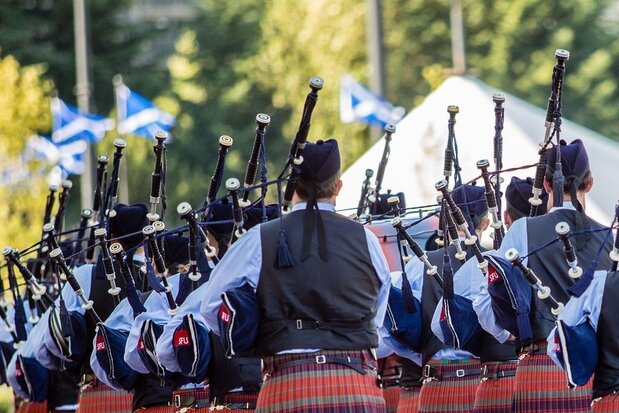The practise chanter is the double reed instrument that accompanies the Great Highland bagpipe. There are several myths about it that most of the world is unaware of. You may be surprised to know that the bagpipe was classified as a weapon of war up until 1996, not as an instrument to motivate the troops but actually respected as a serious weapon on par with the sword or musket. The shrill, piercing notes could indeed be heard at distances up to 10 miles through the din of battle. That’s not all! As the legend goes, the bagpipe is not traditional to Scotland but an Egyptian import. Below is a brief history of the bagpipe that may interest you.
Origins of the Bagpipe
So you thought the bagpipe is originally from Scotland? Not quite! Bagpipes were reportedly first used in ancient Egypt. Later it entertained the Roman infantry before it finally arrived in Ireland and Scotland. Highlanders have reasons to be proud still. They were the ones who honoured it most and used it best in both war and peace, finally elevating it as their national instrument.
Some believe that in each country that the bagpipe made its presence felt, the basic instrument constituted of the same elements: a bag with a chanter and one or more drones. They were usually blown by mouth to produce lilting tunes but others used a bellows attachment to produce air. The sustained tone that you hear is provided by the bag while the other tones to create music are produced by the musician blowing into the chanter.
Others contradict this theory. They believe that the original Highland bagpipe had just one drone. The second was added only in the mid to late 1500s. The third and greatest drone was adopted in the 1700s. In the Scottish Lowlands, pipers were well-respected performers at weddings, banquets, fairs and other community celebrations. There were no known master piper or piper schools at the time. Songs and music were played spontaneously, guided by the demands of the audience, often inspired by Celtic legends and folklore. The Highland piper had a high place in a society whose musical skills were enough to win him respect.
4 Ways to Choose the Right Practice Chanter
- Perfect Tuning: Going back to the chanter, ever wondered how the pipers get the chanter to play their tunes perfectly? It’s really not as easy as it looks. Years of practice on a chanter chosen with great care makes the difference that Scotland takes great pride in. For perfect clarity, impressive volume and tuneful drones, you need a perfectly tuned chanter.
- Good Projection: Listen carefully to the sound. Is it stifled and muffled or loud and clear? Does the sound travel up and down the chanter without obstruction? Are the high notes full and resonant or thin and faint?
- Proper Pitch: Does it feel easy and exciting in your hands or heavy and uncomfortable? Play it without forcing the sound. The pitch should be strong but not shrill. There should be no effort in moving between High A and Low A. The sound should be sharp and pleasant.
- Rich Harmonics: Harmonic frequencies should be rich and blend easily with the drone sound. It should produce a wide variety of frequencies without much effort. Notes should be stable, not shaky with slight variations in blowing strength.
- Quality Reed: At no cost should the reed be consistently flat or too sharp on certain notes or it will affect the chanter. If it wavers or is unstable, get a new reed.
Tartantown - Premium Practice Chanters, Pipe Chanters and More
We have been in the business for over 40 years, providing premium Highland products from a traditional bagpiper, practice chanters, pipe chanters, kilts and more for celebrations, special occasions, and gifts, for both purchase and rent. All our products are authentic, high-quality and made in Scotland. Email us or call to schedule an appointment.









